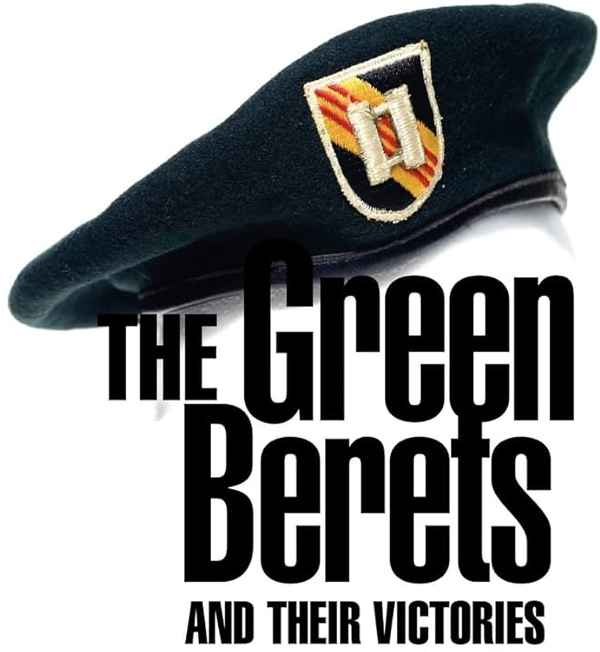
CHAPTER THREE, Section A
II CORPS AND THE BATTLE TO SPLIT VIETNAM
Part I
By Joseph Patrick Meissner
From The Green Berets and Their Victories, Chapter Three, published by Authorhouse, November 21, 2005, pages 80-98, reprinted with permission.
Covering almost half of South Vietnam, II Corps is the largest tactical area of responsibility in the country. Its eastern boundary extends 320 miles along the South China sea. At its widest point the zone stretches 136 miles climbing from the rice-rich coastal plains through the rugged Annamite Mountains which form the spine of Vietnam to the plateau and western highlands along the Laotian and Cambodian border. This western border shares a 65 mile long stretch with Laos and 175 miles with Cambodia. In fact, much of this strip which Rand-McNally maps show as Laos and Cambodia, politically, economically, and militarily is controlled and administered by Hanoi.
II Corps itself, although the largest of all four corps, contains only three million people, less than one-fifth of the country’s population. Most of this is concentrated in the fertile coastal plains around the cities of Qui Nhon, Tuy Hoa, Ninh Hoa, Nha Trang—home of 5th Special Forces, Cam Ranh—supposedly the safest place in country, Phan Rang, and Phan Thiet. The only major population center in the Annamites is the very beautiful autonomous city of Dalat whose military training schools are the “West Point” of the nation. West of the sparsely settled mountains, the only major urban areas are Kontum, Pleiku, and Ban Me Thuot. Five key roads connect the coastal cities with the interior while two highways run north–south, one along the coast and the second in the highlands.
Remember that II Corps was the original home of Special Forces and that it was the Montagnard village of Buon Enao near Ban Me Thuot where the first experiment was conducted on recruiting, training, and ad vising an indigenous force who could then protect themselves and their families against the Viet Cong. Here also near Pleiku were fought such battles as Duc Co and Plei Mei in 1965 when regular American units were committed for the first time on a large scale to battle with North Vietnamese units. In those days, U.S. commanders thought their troops would quickly rout the enemy much like John Wayne charging at the climax of a war movie or the cavalry arriving in the nick of time to save the fort.
The Vietnamese war was a conflict constantly in search of a reason. Nowhere was this more true than in discussions about the battles in the Highlands. One theory, which was a special hang-up of General Westmoreland, held that the Communists were trying to drive a wedge through the highlands to the coast which would divide Vietnam in two. Many pooh-poohed this view since pieces of terrain meant little in the war and because Allied supply efforts were based on air rather than road transportation. Another hypothesis stated, almost as an axiom, “Whoever controls the Highlands controls South Vietnam.” Geographically this might be true since half of Vietnam is the Highlands, but either Saigon or the fruitful paddies of the Delta were much more significant to the country. A third thesis—and the one I lean towards—considered the Highlands important because here resided almost a million Montagnards who because of their oppressive conditions constituted an explosive element within the country similar in many respects to the Negroes in American society. Already some material has been presented on these tribes and more is contained in the last section of this Chapter.
This Chapter opens with two crucial episodes that occurred during the battle for Camp Duc Lap, the most significant Special Forces battle of 1968. Next, in Section B, are the experiences and conflicts between the Berets and regular American units in II Corps, reminiscent of the SF-Marine rivalry in I Corps. The third section presents four different views of the Green Beret success in training the Vietnamese Special Forces. Then follows one experienced Sergeant’s views on the war. Fifth, in Section E, are accounts of the Battle of Ben Het, the most important action of the war in the first half of 1969. Last, as already mentioned, is Section F on the Montagnards.
Click here to continue reading Part II
Leave A Comment